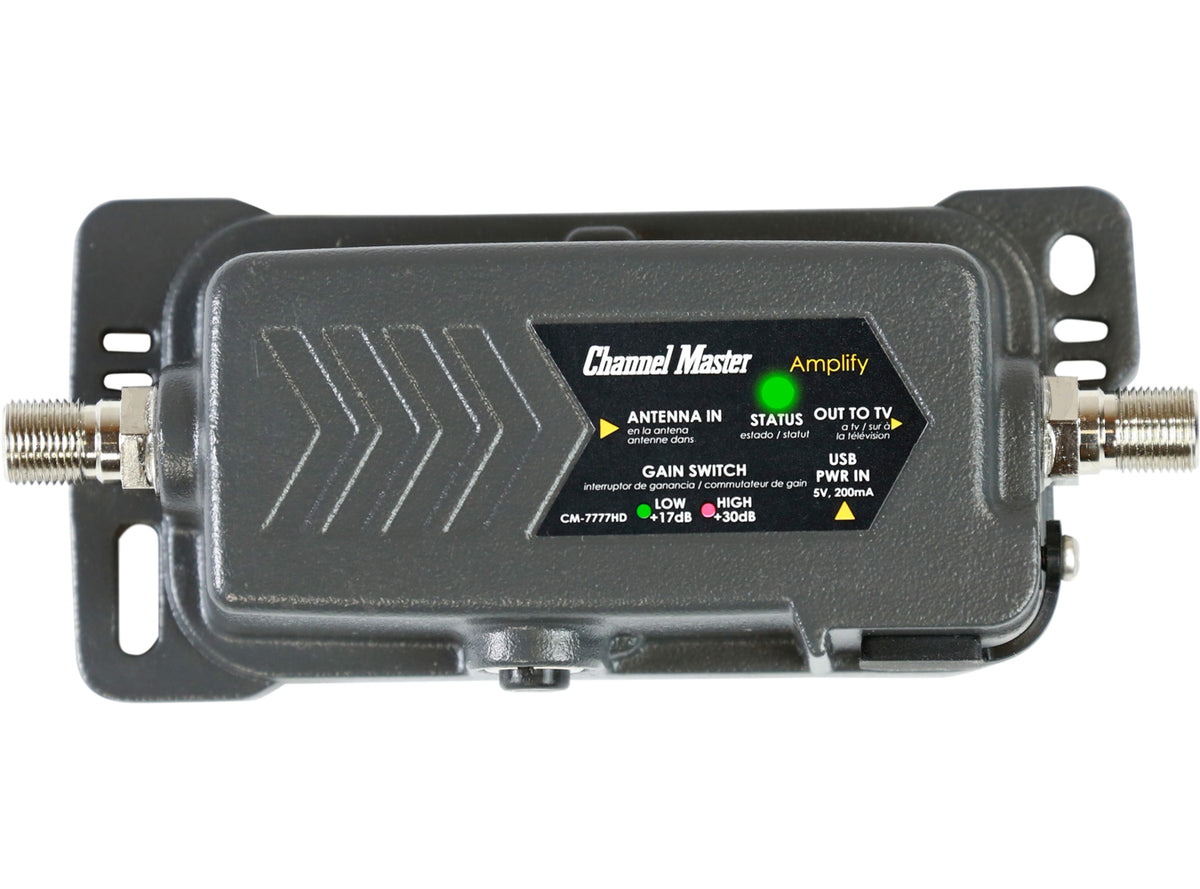GnatGoSplat
Occasional Visitor
I'm only getting average 250Mbps between my Intel AX200s in the basement and Asus RT-AC3100 router upstairs. Thinking about going back to MoCA with at least a couple endpoints in the basement, and going with MoCA 2.5 equipment this time.
My upstairs coax is fine, builder has each room going directly to a splitter. The basement however, was finished by the previous owner and he daisy-chained all the wiring using splitters.

I'm also considering making these CATV jacks work for TV, and I've read that I should use taps to balance them and an amplifier to make up for the signal losses.
Assuming I eventually want a MoCA bridge on East Wall Living Area, West Wall Funny Shaped Room, and South Wall Guest Room, would MoCA work with taps, or should I stick to the splitters? I guess I could balance them for CATV using attenuators instead, or is that a bad idea?
There is no way to change this wiring as I'd have to tear out all the drywall to do it, and if I were going to do that, might as well just run ethernet.
My upstairs coax is fine, builder has each room going directly to a splitter. The basement however, was finished by the previous owner and he daisy-chained all the wiring using splitters.
I'm also considering making these CATV jacks work for TV, and I've read that I should use taps to balance them and an amplifier to make up for the signal losses.
Assuming I eventually want a MoCA bridge on East Wall Living Area, West Wall Funny Shaped Room, and South Wall Guest Room, would MoCA work with taps, or should I stick to the splitters? I guess I could balance them for CATV using attenuators instead, or is that a bad idea?
There is no way to change this wiring as I'd have to tear out all the drywall to do it, and if I were going to do that, might as well just run ethernet.


